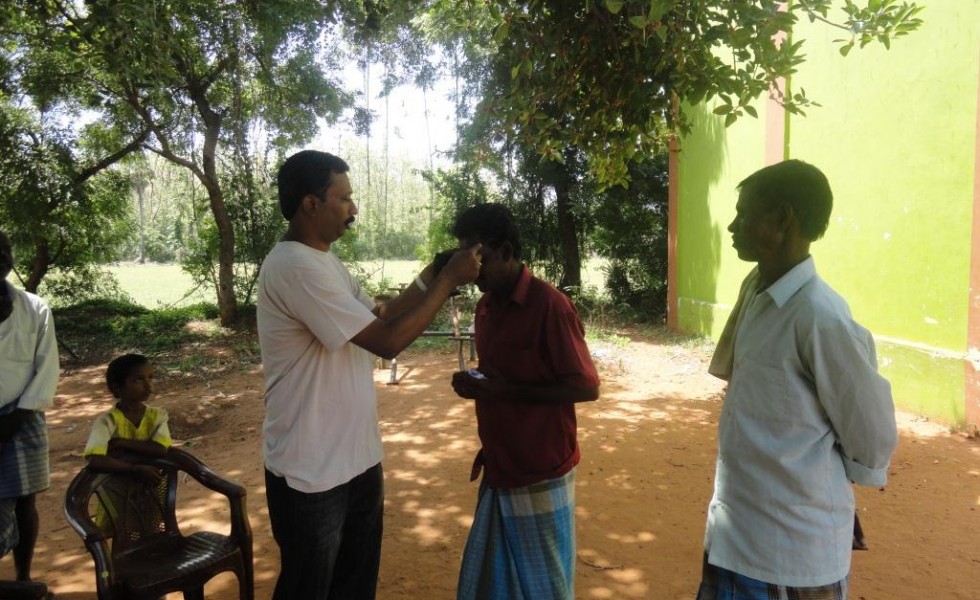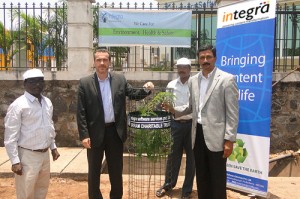
Our vision of education has been drawn from the National Policy of Education which that flows from the values articulated in the Constitution. The aims of education stated in National Policy of Education have been the cornerstones of our approach to education reforms and are worth examining here:
Aims of Education (National Policy of Education)
- To further the goals enshrined in the Constitution of India.
- To recognize that education is for all. It is fundamental to our complete development – material and spiritual.
- To refine sensitivities and perceptions that contributes to national cohesion.
- To develop scientific temper and independence of mind.
- To develop manpower for different purposes of economy.
Despite the complexity of providing quality education in this environment, there has been significant improvement in areas such as infrastructure, access, and enrollment. Some key elements include:
- Education as a Fundamental Right: Children are legally entitled to free and compulsory elementary education under the Right to Education Act, 2009 (RTE)
- Access: About 99% of the rural population now has a primary school within 1 km area
- Enrollment: Enrollment has increased by 18 percent points since 2001 and net enrollment ratio today is about 99%.
- Infrastructure: There are sharp improvements in school facilities and number of schools since 2001.
- Number of Teachers: The pupil teacher ratio has been improving quickly and is soon expected to reach 30:1 under the RTE.However the goals of universalizing of education, quality of learning and equitable opportunities for all have remained elusive.
- Universal Education: Literacy is only 65% (Male–76%, Female-54%).
- Retention: Only 39% children reach 10th grade; of these only 40% pass out examination.
- Quality: There are many dimensions of quality which include the holistic development of a child’s physical, mental, and emotional faculties. Even if we exclude these “higher” levels of aspiration and examine the basics of development of basic skills, the situation is alarming. For example:
- 35% of children in grade 1 cannot recognize numbers 1 – 9.
- Almost 50% children in grade 5 cannot read a grade 2 level text .
- A central issue is that no real learning happens – classes are “rote driven” with undue focus on memorization rather than conceptual understanding and application.
- Equity: Girls and socially disadvantaged are 20% lower in literacy – and similarly disadvantaged on all parameters
State-run education systems that represent the lion’s share of educational activity in India in both secondary level and higher education are in need of urgent reform and revitalization. The Sriram Charitable Trust partners with various state governments in its goal to facilitate deep, large-scale and institutionalized impact in these areas.
 SRIRAM CHARITABLE TRUST
SRIRAM CHARITABLE TRUST

